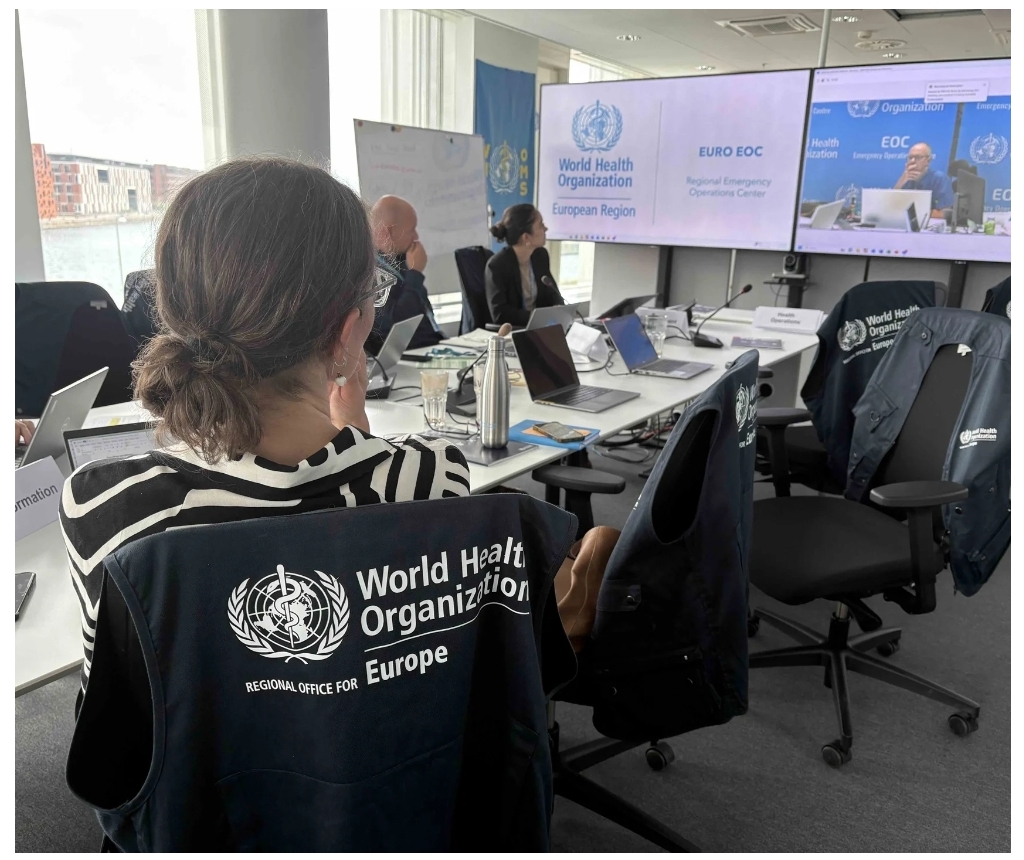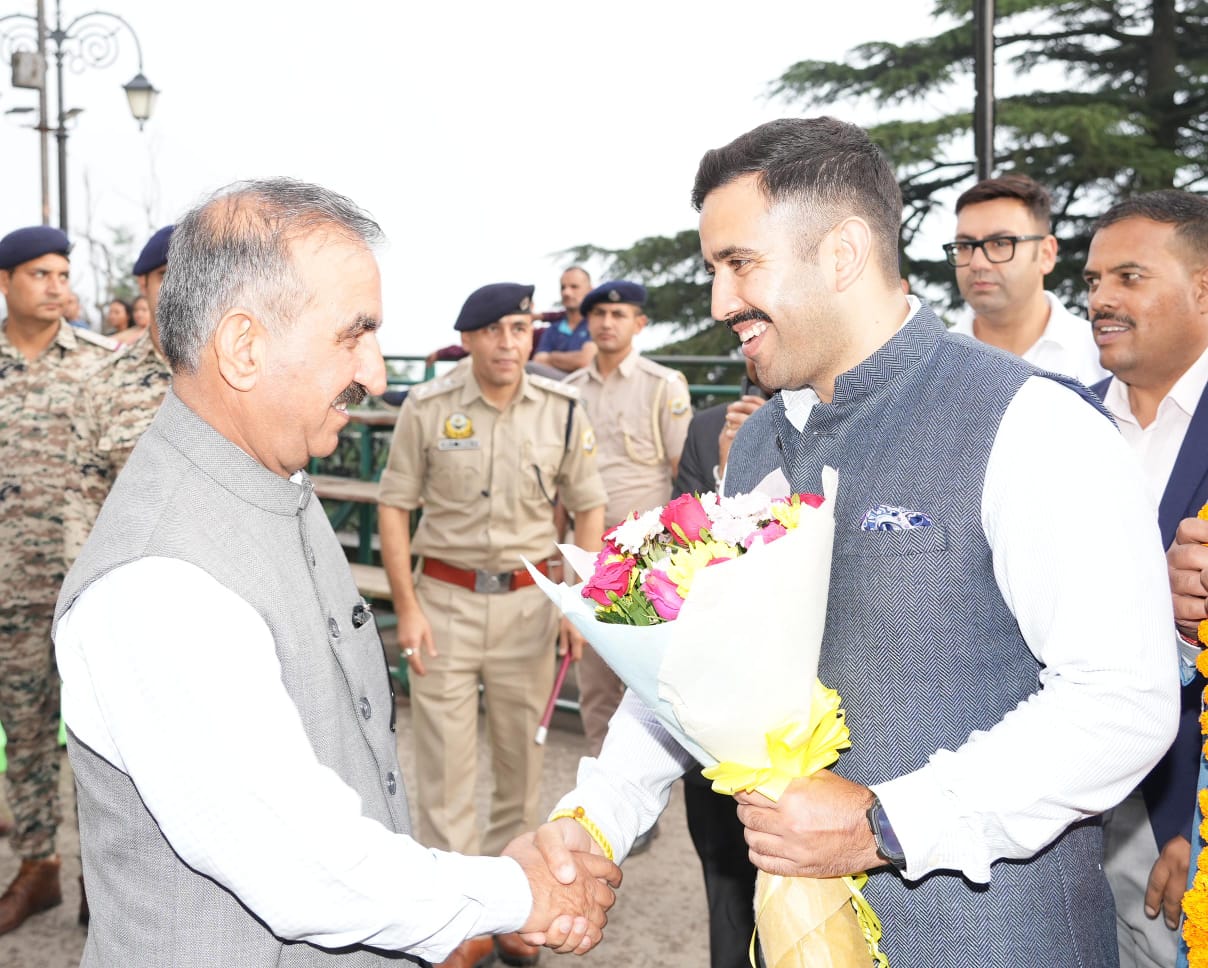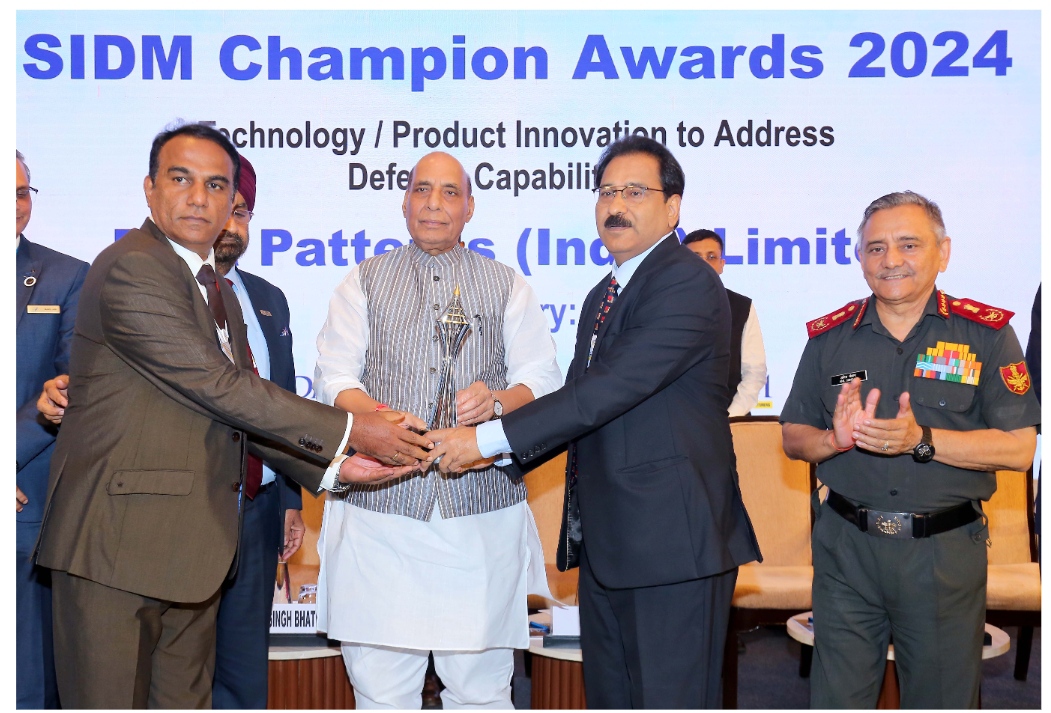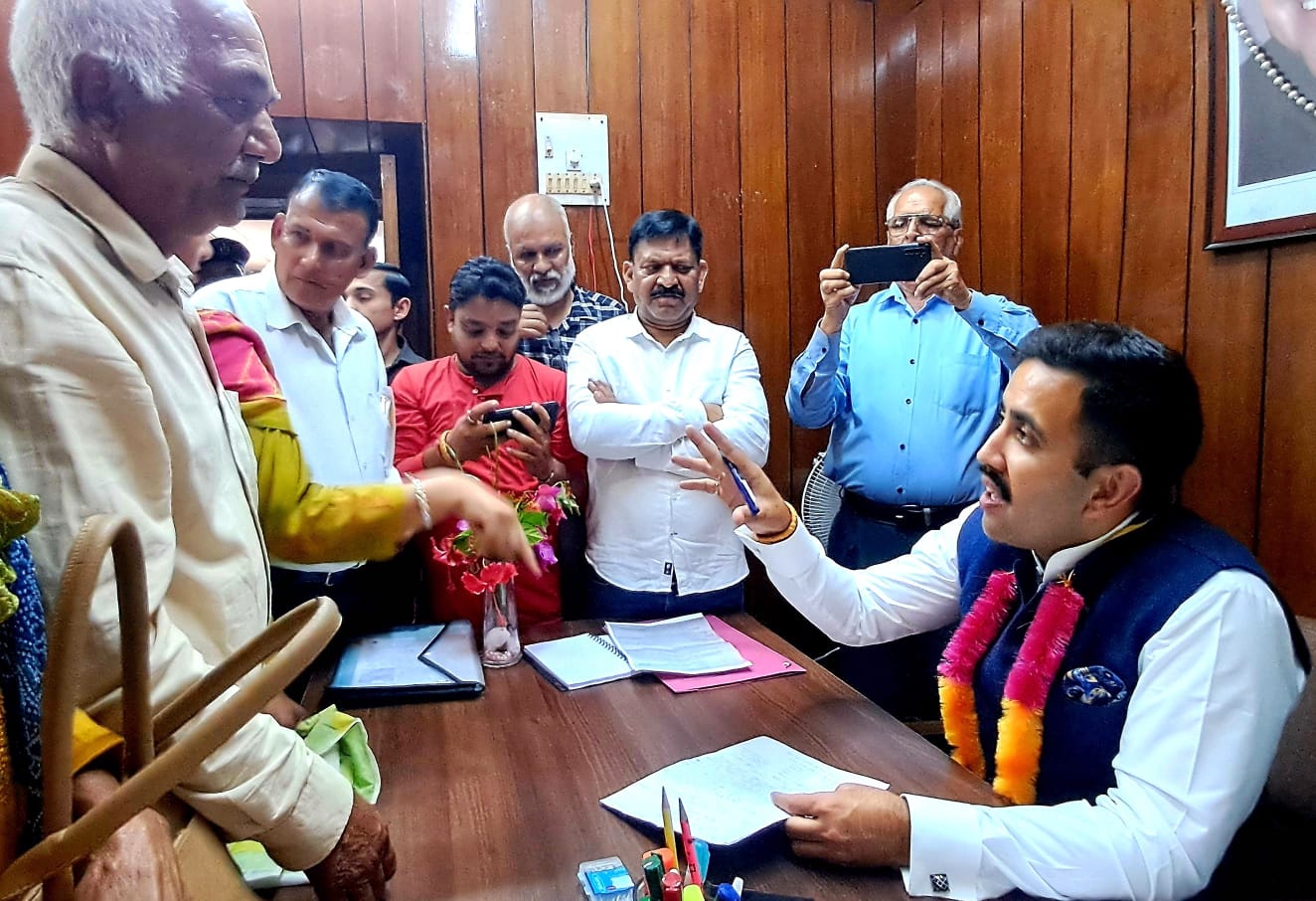WHO Participates in Global Nuclear Emergency Drill Led by IAEA to Strengthen International Preparedness.
Geneva:
The World Health Organization (WHO) has successfully concluded its participation in a major global nuclear emergency exercise organized by the International Atomic Energy Agency (IAEA), aimed at testing and strengthening international readiness to respond to a large-scale radiological crisis.
The 36-hour simulation, conducted as part of the IAEA’s Level 3 Convention Exercise (ConvEx-3), represents the highest and most complex tier of emergency preparedness drills carried out by the agency. These exercises, held every three to five years, are designed to simulate real-world nuclear incidents to assess global capabilities in information sharing, decision-making, medical response, and crisis communication.
This year’s ConvEx-3 scenario involved a simulated accident at a nuclear power plant in Romania, leading to the hypothetical release of significant radioactive material. More than 75 countries and 10 international organizations, including WHO, took part in the exercise. Participants were tasked with coordinating responses to rapidly evolving threats, including cross-border radiation exposure, public health risks, and cybersecurity threats targeting emergency systems.
WHO activated its Incident Management Support Team (IMST), drawing expertise from country offices, regional centers, and headquarters. The team worked closely with national health authorities, issued guidance on mental health support, crafted public health messages on protective actions, and monitored potential health impacts of the simulated radiation exposure.
“This exercise tested WHO’s ability to respond rapidly to a nuclear emergency with a public health focus,” said Dr. Maria Neira, Director of the Department of Environment, Climate Change and Health at WHO. “It also allowed us to strengthen our collaboration with countries and partners and enhance our readiness to protect populations in the event of such emergencies.”
One of the new components of the 2025 exercise was the close coordination between neighboring countries Bulgaria and the Republic of Moldova, who jointly enacted protective measures, simulated border control procedures, and managed shared emergency logistics. Another innovation was the deployment of simulated international assistance missions to the affected region.
To further reflect modern challenges, the exercise incorporated a cyberattack scenario targeting emergency coordination systems and expanded the use of a social media simulator. This tested countries’ ability to combat misinformation and effectively communicate with the public under pressure.
“These exercises are vital in stress-testing both technical and organizational response systems,” said Rafael Mariano Grossi, Director General of the IAEA. “ConvEx-3 enables us to identify weaknesses, share best practices, and build global confidence in our ability to respond to nuclear or radiological emergencies.”
Following the simulation, the IAEA will release a comprehensive report analyzing lessons learned, best practices, and recommendations for future improvements. WHO will also review its internal processes and integrate insights gained into its emergency protocols and radiation protection programs.
WHO’s participation in ConvEx-3 is part of its broader mandate to support member states in protecting the public, patients, and workers from the health risks of ionizing and non-ionizing radiation. The organization continues to provide evidence-based tools, guidance, and technical support for radiological health preparedness and emergency response.
This year’s exercise marks a significant step forward in global nuclear safety cooperation and preparedness, reinforcing the critical role of international coordination in managing cross-border health emergencies.




